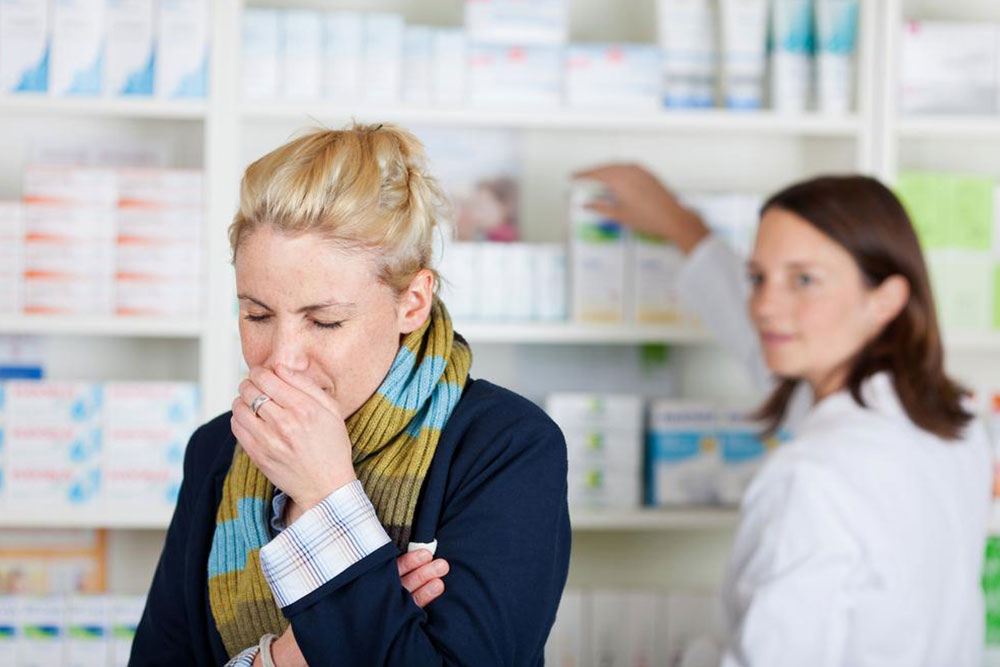Causes, symptoms and treatment of bacterial disease
Bacteria are a form of microorganism that can be visualized only with the help of a microscope. Usually, bacteria live on the skin, genitalia as well as the intestines. All bacteria do not cause harm, some are good for us to maintain our health. Only certain types, classified as pathogenic bacteria, cause infections and diseases. Bacterial diseases occur when the pathogen enters the body and reproduces by outnumbering the good bacteria. Harmful bacteria sometimes produce a toxin, which can even damage the body. Bacterial diseases are contagious and life-threatening, can lead to bacteremia or blood poisoning, toxic shock syndrome and kidney failure.

The following are some of the diseases caused by bacteria:
Meningitis
Ulcer and gastritis
Food poisoning
Gonorrhea “ a sexually transmitted disease
Pneumonia, cellulitis, wound infections
Ear infections and strep throat
Causes of bacterial diseases
Bacteria can infect several parts of the body such as the bladder, intestines, vagina or the mouth. There are many ways in which bacteria can enter the body like through consumption of contaminated food or kissing or having a sexual intimacy with an already infected person. Contamination of rashes, abrasions, bites and cuts are another way to welcome infection. Sharing needles for drug, injection or tattoo should be avoided; inhaling contaminated airborne droplets can give way to bacteria.
Symptoms of bacterial diseases
The symptoms depend on the type of the disease. The common ailment or sign of a bacterial disease is fever, though it does not occur to everyone. The symptoms would vary based on the patient’s family history, age, area of the infection and most importantly, the type of disease. Bacterial disease symptoms include the following:
Irritability
Diarrhea
Painful, frequent and bloody urine
Nausea and vomiting
Stiff neck
Abdominal and joint pain
Rashes and lesions
Flu-like symptoms and weakness
Symptoms of children are a bit different. Fussiness and excessive sleepiness or crying, difficulty in feeding and also bulging of the soft spot on the top of the head are some of the signs of bacterial diseases in children.
Treatment
The best way to treat bacterial disease is with antibiotics. They prevent the bacteria from multiplying and spreading and kill them. Different antibiotics are required for various types of diseases. They would be prescribed for oral consumption or taken intravenously or through injections. Apart from medications, a total rest and a healthy and good nutritional diet are to be followed by the patients. If the condition is severe, one has to be hospitalized under intensive care.

